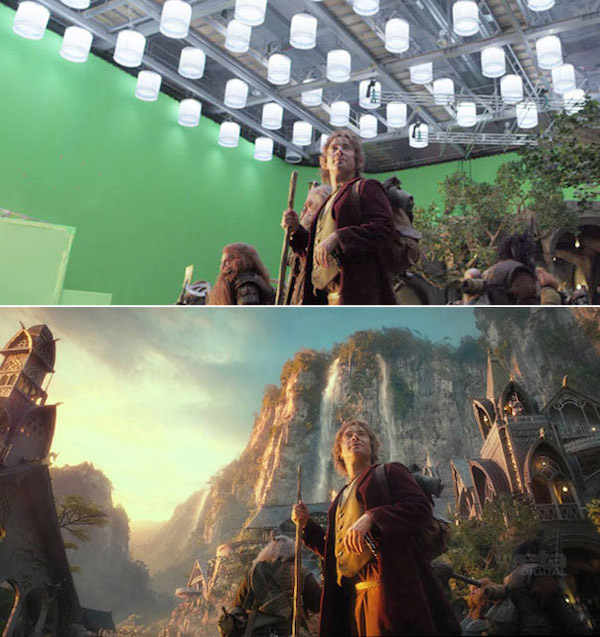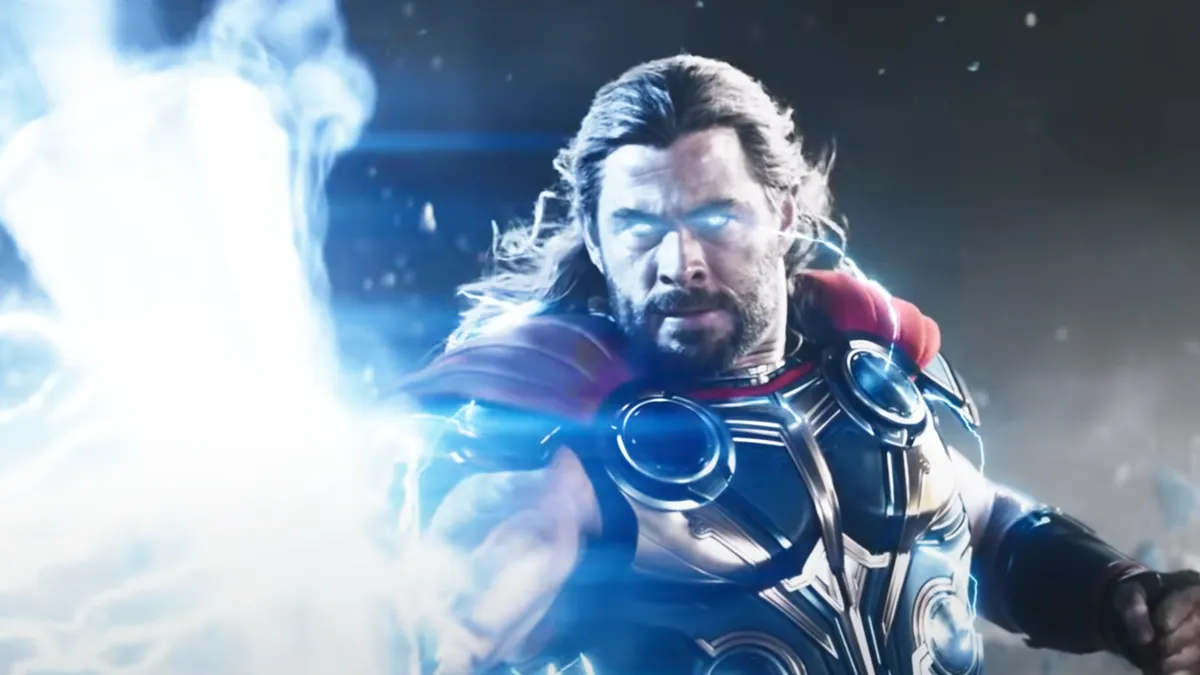Computer-generated imagery (CGI) has become increasingly prevalent in mainstream video content over the past decade. From big-budget Hollywood blockbusters to popular YouTube channels, CGI has transformed the visual landscape of video in remarkable ways.
One of the primary drivers of CGI’s growth in mainstream videos has been the rapid advancements in rendering technology. Graphics processing units (GPUs) have become exponentially more powerful, enabling animators and visual effects artists to create incredibly realistic and detailed CGI elements. This has opened up new creative possibilities, allowing for the seamless integration of digital elements into live-action footage.
The Marvel Cinematic Universe is a prime example of the widespread adoption of CGI in mainstream movie-making. These superhero films utilize cutting-edge CGI to bring iconic characters and breathtaking action sequences to the big screen. From the high-tech suits of Iron Man to the massive battle scenes in Avengers: Endgame, the use of CGI has been instrumental in creating the immersive and visually stunning experiences that have captivated audiences worldwide.
Outside of the realm of big-budget films, CGI has also made significant inroads in the music industry. Music videos, in particular, have embraced the use of CGI to push the boundaries of what is visually possible. Artists like Kanye West, Rihanna, and The Weeknd have collaborated with talented CGI artists to create mind-bending, surreal, and visually arresting music video experiences.
One of the key advantages of using CGI in mainstream videos is the ability to create scenes and visuals that would be impossible or prohibitively expensive to capture using traditional filmmaking techniques. CGI allows for the seamless integration of fantastical elements, the manipulation of scale and perspective, and the creation of dynamic, high-octane action sequences that captivate viewers.
The use of CGI in mainstream videos has become increasingly important in the age of social media and digital content consumption. With shorter attention spans and a constant need for eye-catching visuals, the incorporation of CGI can help videos stand out and create a lasting impression on viewers. Advancements in real-time rendering, machine learning, and virtual production techniques are likely to further enhance the capabilities of CGI, enabling creators to push the boundaries of what is visually possible.
The Evolution of CGI in Mainstream Video Content
The roots of CGI in video can be traced back to the 1970s and 1980s, when pioneering filmmakers like George Lucas and Steven Spielberg began experimenting with primitive computer-generated visual effects. However, it wasn’t until the late 1990s and early 2000s that CGI truly became a mainstream phenomenon in video production.
The release of groundbreaking films like Jurassic Park (1993) and The Lord of the Rings trilogy (2001-2003) demonstrated the incredible potential of CGI to create seamless, photo-realistic visual effects and fully computer-animated characters. This paved the way for the widespread adoption of CGI across the video industry, from big-budget Hollywood productions to small-scale YouTube channels.
Today, CGI has become an integral part of the video production process, with software like Autodesk Maya, Blender, and Cinema 4D allowing creators to bring their most imaginative visions to life. The quality and realism of CGI have improved exponentially, to the point where it can be challenging to distinguish between live-action footage and computer-generated imagery.
Key Applications of CGI in Mainstream Videos
The use of CGI in mainstream video content spans a wide range of applications, including:
- Visual Effects and Enhancements: CGI is extensively used to create complex visual effects, such as explosions, supernatural phenomena, and futuristic environments that would be impossible or prohibitively expensive to capture in live-action.
- Digital Doubles and Characters: CGI is used to create fully computer-generated characters, as well as digital doubles of live-action actors for stunts, de-aging, or other purposes.
- Environments and Landscapes: CGI is employed to construct detailed, photo-realistic environments and landscapes, from sprawling cityscapes to fantastical alien worlds.
- Animated Content: CGI is the foundation for fully computer-animated videos, from big-budget feature films to popular YouTube channels that specialize in animated content.
- Compositing and Integration: CGI is used to seamlessly integrate computer-generated elements with live-action footage, creating a cohesive and believable visual experience.

Expanding the Realm of Possibility
The versatility of CGI has opened up a world of possibilities for mainstream video production. Creators can now bring their most imaginative ideas to life, unhindered by physical limitations or budgetary constraints. From creating entire computer-generated environments to seamlessly integrating virtual characters into real-world settings, CGI has empowered artists to push the boundaries of visual storytelling, captivating audiences with breathtaking cinematic experiences.
Enhancing Emotional Resonance
Beyond its technical marvels, CGI has also become a powerful tool for enhancing the emotional resonance of mainstream videos. By seamlessly blending computer-generated elements with live-action footage, creators can evoke deeper emotional responses from their audience, immersing them in the narrative and creating a more profound connection with the content. Whether it’s the heartbreaking demise of a beloved character or the awe-inspiring grandeur of a fantastical landscape, CGI has become an essential tool for eliciting genuine emotional responses from viewers.
Revolutionizing the Music Video Landscape
The impact of CGI has been particularly transformative in the realm of music videos, where artists and directors have embraced this technology to create truly innovative and visually striking content. From mind-bending, computer-generated environments to the digital integration of performers into surreal settings, CGI has allowed music video creators to push the boundaries of the medium, captivating audiences with their ability to seamlessly blend the real and the imagined.
The Impact of CGI on Mainstream Video Content
The widespread adoption of CGI in mainstream video content has had a profound impact on the industry, both in terms of creative possibilities and technical challenges. On the creative side, CGI has unlocked new frontiers for storytelling, allowing filmmakers and video creators to depict worlds and scenarios that would have been impossible with practical effects alone.
At the same time, the reliance on CGI has introduced new technical challenges, such as the need for specialized software, hardware, and expertise. Video creators must carefully balance the creative potential of CGI with the logistical and financial realities of production, often requiring large budgets and skilled CGI artists to achieve the desired results.
Despite these challenges, the continued advancement of CGI technology and the growing demand for visually stunning video content have cemented the role of CGI as a pivotal tool in the mainstream video landscape.
The Meteoric Rise of CGI in Video and Filmmaking
The use of CGI in video production has skyrocketed in recent years. According to industry reports, the global CGI market was valued at over $12 billion in 2020 and is projected to reach nearly $28 billion by 2028, growing at a CAGR of 10.7% during the forecast period.
This exponential growth can be attributed to several factors:
- Advancements in CGI Technology: Rapid improvements in rendering power, animation tools, and 3D modeling software have made CGI much more accessible and scalable for video productions of all sizes.
- Cost-Effectiveness: While CGI was once prohibitively expensive, recent technological advances have made it a more cost-effective solution for creating visually stunning content, especially for special effects and complex scene creation.
- Creative Flexibility: CGI offers video creators unprecedented creative freedom, allowing them to bring imaginary worlds, fantastical creatures, and mind-bending visual effects to life on screen.
Standout Examples of CGI in Mainstream Videos
Some of the most impressive and influential uses of CGI in mainstream video content include:
- Marvel Cinematic Universe: The Marvel movies have consistently pushed the boundaries of CGI, from the seamless integration of digital characters like Thanos to the breathtaking visualization of superhero powers and cosmic settings.
- Game of Thrones: The HBO series masterfully blended CGI with practical effects to create the epic fantasy world of Westeros, including awe-inspiring dragons, majestic castles, and vast landscapes.
- The Lion King (2019): Disney’s photorealistic remake of the animated classic utilized cutting-edge CGI to bring the animal characters and their African savanna environment to life in a groundbreaking way.
- YouTube Channels: Many popular YouTube creators, such as Corridor Crew and VFX Artists React, showcase their impressive CGI skills by creating mind-bending visual effects on a shoestring budget.
The Benefits and Challenges of CGI in Video
The rise of CGI in mainstream video content has brought numerous benefits, but it has also introduced new challenges for video creators and producers.
Benefits of CGI in Video:
- Enhanced Realism and Visual Spectacle
- Increased Creative Possibilities
- Cost-Effective Solutions for Complex Scenes
- Easier Experimentation and Iteration
Challenges of CGI in Video:
- High Initial Investment in Software and Hardware
- Steep Learning Curve for Mastering CGI Techniques
- Potential for Uncanny Valley Effect and Lack of Authenticity
- Increased Reliance on Technology and Potential for Technical Glitches

The influence of CGI and AI on mainstream video content will become increasingly profound, transforming the way videos are conceived, produced, and consumed.
The Future of Mainstream Video Creators
The use of CGI in mainstream video content has undergone a remarkable transformation in recent years, becoming an essential tool for creating visually stunning, imaginative, and cost-effective content further blurring the lines between reality and fantasy on the small and big screens.
The influence of CGI (Computer-Generated Imagery) and AI (Artificial Intelligence) on mainstream video content is set to grow exponentially in the coming years. Here are some of the key ways these technologies will shape the future of video:
- Photorealistic CGI:
Advancements in CGI technology, powered by AI-driven rendering and simulation algorithms, will enable the creation of increasingly photorealistic digital environments, characters, and effects. This will blur the line between live-action and computer-generated footage, allowing filmmakers and video creators to realize their most ambitious visions. - Intelligent Compositing and Integration:
AI-powered tools will enhance the seamless integration of CGI elements with live-action footage. Automated techniques for matching lighting, textures, and camera movements will streamline the compositing process, making it easier to achieve a cohesive visual aesthetic. - Procedural Generation and Dynamic Environments:
AI algorithms will enable the procedural generation of complex, dynamic environments and scenarios. Rather than manually modeling and animating every detail, AI systems will be able to generate realistic, ever-changing virtual worlds that adapt to the narrative or user interactions. - Autonomous Camera Control and Cinematography:
AI-powered camera systems and virtual cinematographers will revolutionize the way video content is captured and framed. Intelligent algorithms will be able to autonomously control camera movements, compositions, and shot selections, allowing for more dynamic, cinematic footage with reduced human intervention. - Intelligent Editing and Post-production:
AI-driven video editing tools will automate various post-production tasks, such as color grading, visual effects, and even narrative structuring. This will enable faster, more efficient video production workflows, allowing creators to focus on the creative aspects of their work. - Personalized and Interactive Experiences:
AI will enable the creation of highly personalized and interactive video experiences. Adaptive algorithms will analyze user preferences and behaviors to deliver customized content, while interactive elements powered by AI will allow viewers to influence the narrative or gameplay in real-time. - AI-Generated Content:
The combination of CGI and AI will lead to the emergence of entirely AI-generated video content, from short films to interactive experiences. Generative AI models will be able to create original stories, characters, and visuals, challenging traditional notions of authorship and creativity in the video industry.
As these technologies continue to evolve, the influence of CGI and AI on mainstream video content will become increasingly profound, transforming the way videos are conceived, produced, and consumed. Video creators and industry professionals will need to adapt to these changes, leveraging the power of these technologies to push the boundaries of what’s possible in the medium. We can only wait and see.
ZMSEND.com is a technology consultancy firm for design and custom code projects, with fixed monthly plans and 24/7 worldwide support.


